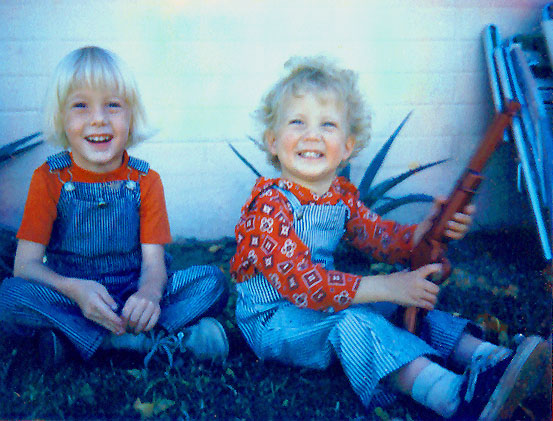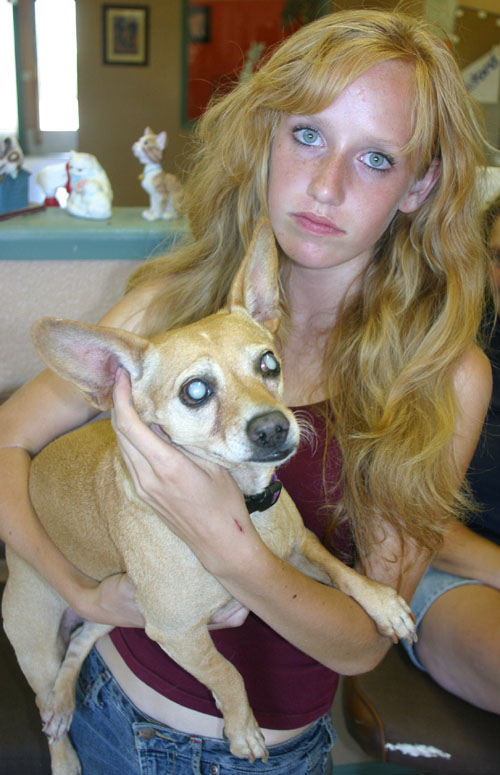City of Villains
Like its predecessor, City of Villains isn’t sure what it is. Is it a game emulating comic books? Or is it a Massively Multiplayer Online Roleplaying Game with a few trappings of comic books? In the case of City of Heroes, the balance is weighted in favor of the former answer, while City of Villains splits the difference. Unfortunately, most players will likely be coming to this game hoping for much more of a comic book flavor than they will find.
As with CoH, CoV constrains characters into a few character classes, called archetypes here, but essentially, you have characters who can take a lot of damage, deal a lot of damage hand-to-hand, deal a lot of damage from a distance or have thugs or other minions deal damage for them. Interestingly, instead of using the same archetypes as they did in CoH, the designers have elected to change each of the heroic archetypes for villainous characters. This is good in that a villainous Stalker doesn’t feel exactly like a heroic Scrapper, but since Player Versus Player combat is a large portion of the game, having archetypes without the benefit of as much time to balance them has led to some rather wonky effects on the game, both in combat against other players and against computer-controlled opponents.
My Stalker character, who is about the same level as my Scrapper, can bypass whole sections of missions automatically, because he’s able to turn invisible (like a ninja) until it’s time to flip out and cut off heads (like a ninja). Is this fun? Sure. Is it what’s intended by the developers? Almost certainly not. Is it going to be changed later on, possibly without any advance warning? Almost certainly.
PVP raises another issue with the game: As in CoH, your villains cannot just randomly decide to take a poke at one another. Instead, like gentlemen duelists, they have to head to the nearest combat arena, sign up for a match against each other and duke it out there. There are in-game explanations for this — a monstrously powerful uber villain organization that has no problem with gangs running wild in the streets but objects to supervillains fighting — but it doesn’t feel very much like the comic books. Do the Hulk and the Thing make an appointment to punch each other out? They do in City of Heroes and their enemies have to do the same in City of Villains.
Likewise, there is no chance of running into a superhero player character roaming the painfully named Rogue Isles, nor will your villain race from angry mobs of superheroes in Paragon City. Instead, both sides will have to line up to meet in special cordoned-off PVP zones or visit fake versions of the enemy territory, stocked with non-superheroic stock troops of non-player characters.
Finally, the much-heralded bases for teams, excuse me, supergroups, are only really viable for a supergroup that is relatively large in number and plays all the time. To get anything other than a blank room (or a decorated room characters can’t easily interact with) costs a great deal of what passes for money in the game (imagine: a supervillain game where the villains never get to enjoy anything they steal, since it’s whisked away and replaced with Infamy and Prestige automatically), including monthly rents that can quickly drain a nest egg. Many of the features of bases, like invasion and defense missions, require even larger teams that resemble MMORPG uberguilds more than they do actual comic book teams. Individuals will be able to get their own bases, eventually, but the problem could have been resolved by making bases much cheaper and having more of “the good stuff” in reach of the non-enormous, non-24/7 supergroups.
The game, however, does improve on its predecessor in several key ways. Unlike some of the other reviewers here, I was not impressed by the endless simply decorated boxes the buildings of most of City of Heroes consisted of, nor the multiple zones of “burning box buildings at an angle” that fill in for half-destroyed regions of town. (And, of course, there are the “box buildings shrouded with pea soup fog” and “box buildings surrounding a bunch of tree” neighborhoods as well.) The Rogue Isles have a great deal more flavor than any neighborhood in Paragon City other than King’s Row can muster, and much of it feels organic, if still not entirely realistic.
Similarly, although it’s very linear (all your supervillain characters progress through almost identical storylines), the stories in CoV are actually much more involving and interesting than the ones in CoH, of which a few were intellectually interesting (the truth about the Clockwork King, for instance) but little more. CoV stories are full of pathos, hatred, love and betrayal and the overaching villain organization makes the Sopranos look like the Brady Bunch. Great stuff.
Ultimately, though, if you’re looking for a game that emulates supervillain comics like Sleeper, Wanted, Secret Six or the classic Secret Society of Super-Villains, CoV is extremely hit or miss, with the designers trusting more in MMORPG cliches than they do in the comic book tropes that brought gamers in the door to begin with. Your characters, who all lack secret identities and display a uniformly evil nature (one mission has villains casually kidnapping people off the streets of Paragon City to be organ-harvested by a CoH NPC villain organization) will spend more time in hospitals than any comic book character ever has and fight far more villains and generic super-cop NPCs than they will ever even see a costumed hero, player-controlled or otherwise.
City of Villains takes a modest step forward from where City of Heroes began (and remains mired, for the most part), but just like its predecessor, it feels like the superhero/villain game that’s come before the truly great one, which will blow this one out of the water.
When designing a game based on comic books, every design decision has to go towards what makes the game feel more like comic books and make it work. If not, you end up with a game that, eventually, you wonder why you’re playing. It’s not a great MMORPG (other than the wonderful /sidekick system that lets characers of different power levels play together, it adds no innovations to the genre), it doesn’t much emulate comic books, it’s just a fairly conservative MMORPG with a light veneer of four-color heroes and villains.
A fun game to pick up for a month or two, but nothing that compels a player to stick around much more than that.



